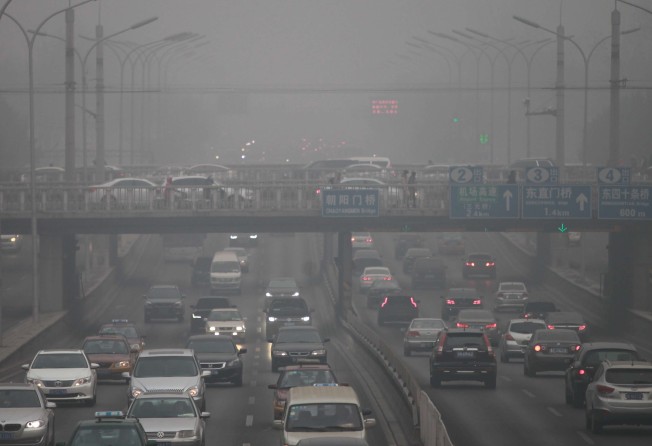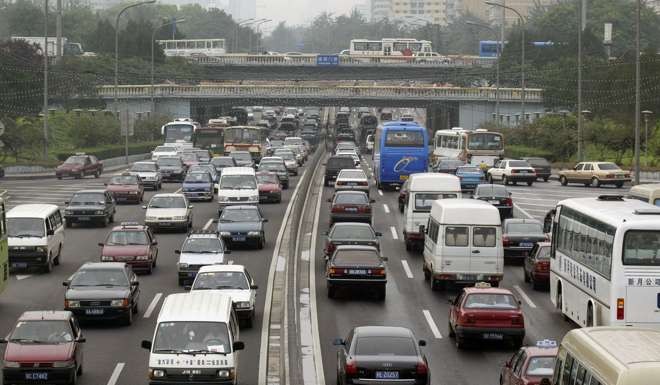Beijing’s new highway network connects urban zone twice the size of New York
Opening of 1,000km ring allows people from neighbouring Tianjin and Hebei to reach Beijing within an hour

Another ring of highways that extends 1,000km has been built around Beijing, becoming the seventh ring road and completing a key infrastructure project that closely connects the capital with neighbouring Tianjin and Hebei.
Completion of the ring makes it possible for residents of Hebei and Tianjin to travel to Beijing by road within an hour and is expected to foster satellite communities half an hour away. This would create a sprawling urban zone of 270,000 sq km, dwarfing Tokyo, at 35,000 sq km, and New York, at 138,000 sq km.
Cai Jianming, a professor with the Department of Urban and Rural Studies under the Chinese Academy of Sciences, said the highways would not only ease traffic pressure but also prompt the establishment of knots that shouldered some of the non-essential functions of the capital.
The strategy of Beijing-Tianjin-Hebei integration, released in 2014, plans to move some education, logistics and healthcare functions from the capital Beijing to Hebei and towns with specialised functions, and is expected to flourish with more convenient transportation.

“The highways would help the specialised towns. With future development of subways and railways, towns for residents commuting to work in Beijing will also show up,” Cao said.
The G95 national-level highway is composed of 13 highways that connect 13 cities in the region, including Sanhe, Langfang, Zhangjiakou and Chengde in Hebei province, and Beijing and Tianjin.
On Tuesday, the highway connecting Zhuozhou, Hebei province, with Beijing’s Miyun district, was opened to traffic, marking the completion of the last section of the outer ring circling the capital.
Although most of the ring is in Hebei and only 38km is located in Beijing and Tianjin, it was officially named the Circling Capital Highway and is dubbed Beijing’s seventh ring road.
The first ring was previously used by trams and is no longer in existence. The second ring, the first closed expressway without any traffic lights in China that follows the ancient walls of old Beijing, was completed in 1992.
The ring roads increased as the capital expanded with urbanisation. The sixth ring road, which was finished in 2009, measured 187km and connected the suburbs of Beijing.
But traffic has not eased because of the supposedly non-stop expressways.
Authorities said the seventh ring road was aimed to ease traffic pressure on Beijing, especially of cargo trucks, which no longer to pass through Beijing’s suburbs to reach Hebei.
Some 500,000 vehicles use Beijing roads each day, causing noxious vehicle emissions, and the figure is expected to rise to 900,000, Beijing Business Today reported. Trucks also contribute to traffic jams in the northwest and southeast on highways linking Beijing to Hebei.
Authorities hope the ring would provide a new option for the capital’s road network, which currently placed all pressure on the sixth ring road as a detour in the case of major international events and emergencies.